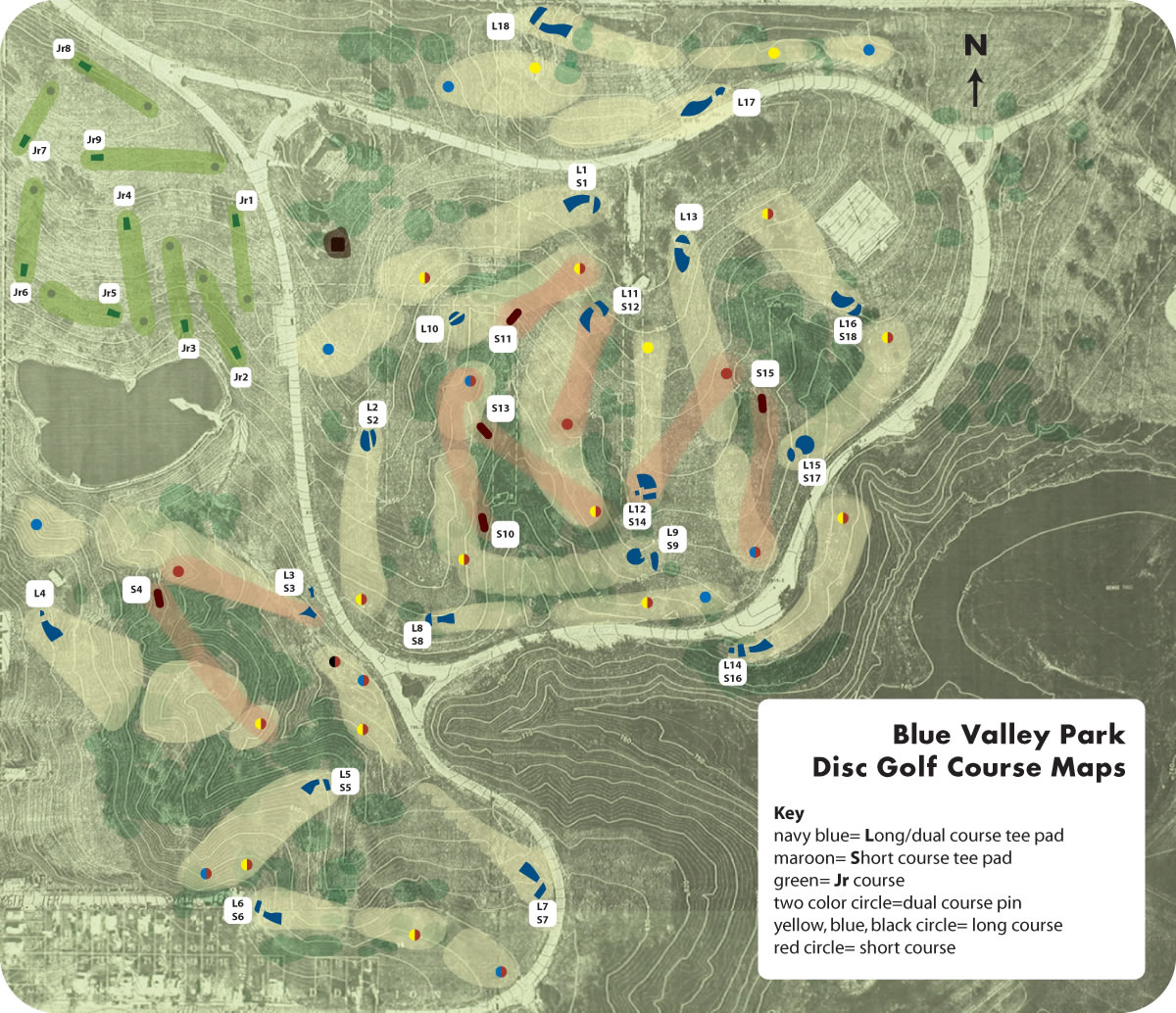
John Nash, the scientist whose story was told in ‘a beautiful mind’ and played by Russell Crowe in the film, struggled to tell the difference between reality and yet all the patterns in his mathematical equations that were remarkable might have been a result of the faulty pruning that was formed through the strange wiring in his head that resulted in both a gift and a disease.
Hidden valley road full#
The book is full of fascinating insights. We follow the families life, from the early romance of Mimi and Don to the birth of their 12 children and then what happens throughout their lives - and for some, through to their deaths. But the story of the scientist who did start to understand that there was a biological element to this, although it could be triggered by nature, is well told. Freud himself thought it was just another aspect of the personality that could be cured although Jung showed a much greater awareness. Intelligent men often believed the mothers were the cause of such conditions such as schizophrenia as well as autism is shocking - and it lasted for a long time. And not only is this the story of this one family but also an in-depth but very readable look at the studies and change in attitudes towards mental illness, particularly amongst the science around it, which in its early days was often as ignorant as the man on the street might be nowadays - and probably more so. However, the impact on all the family members must have had such an impact on their own well-being. And this impact is also felt on the four boys and two girls who did not develop schizophrenia. And they developed schizophrenia in quite different and profound ways. What is remarkable about their story is that six of these twelve children, all boys, develop schizophrenia. This is the remarkable book that tells a story of Mini and Don Galvin and their 12 children.


With clarity and compassion, bestselling and award-winning author Robert Kolker uncovers one family's unforgettable legacy of suffering, love and hope.Ī heartbreaking but illuminating story and the family with six family members with schizophrenia And unbeknownst to the Galvins, samples of their DNA informed decades of genetic research that continues today, offering paths to treatment, prediction and even eradication of the disease for future generations. Their story offers a shadow history of the science of schizophrenia, from the era of institutionalisation, lobotomy and the schizophrenogenic mother, to the search for genetic markers for the disease, always amidst profound disagreements about the nature of the illness itself. What took place inside the house on Hidden Valley Road was so extraordinary that the Galvins became one of the first families to be studied by the National Institutes of Mental Health.

By the mid-1970s, six of the 10 Galvin boys, one after the other, were diagnosed as schizophrenic. But behind the scenes was a different story: psychological breakdown, sudden shocking violence, hidden abuse. In those years, there was an established script for a family like the Galvins - aspiration, hard work, upward mobility, domestic harmony - and they worked hard to play their parts. After World War II, Don's work with the Air Force brought them to Colorado, where their 12 children perfectly spanned the baby boom: the oldest born in 1945, the youngest in 1965.

One of Barack Obama's Favourite Books of 2020įor fans of Educated, The Immortal Life of Henrietta Lacks and Three Identical Strangers.ĭon and Mimi Galvin seemed to be living the American dream. Science's greatest hope in understanding the disease.


 0 kommentar(er)
0 kommentar(er)
